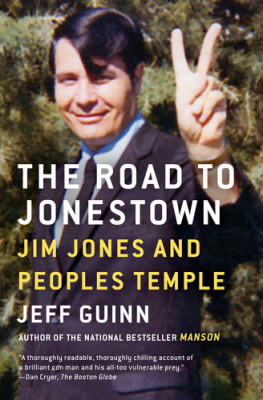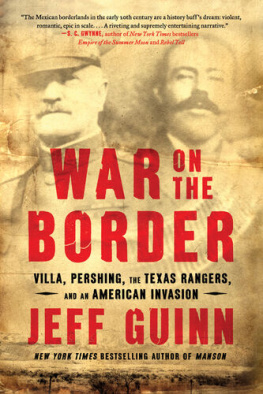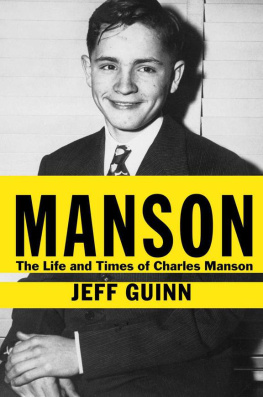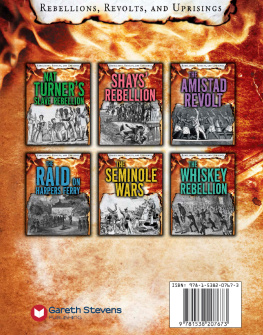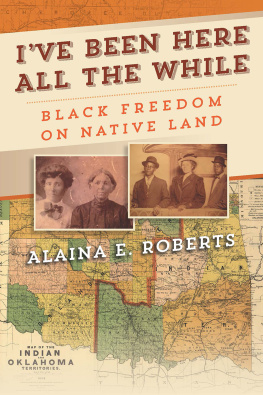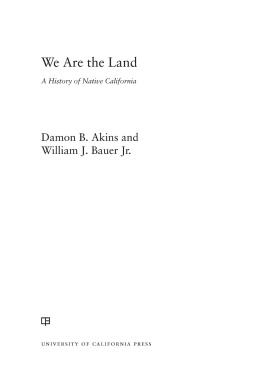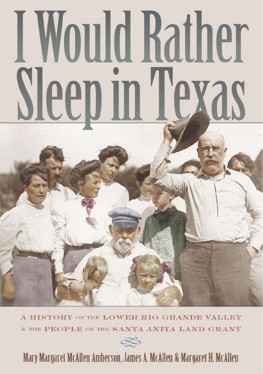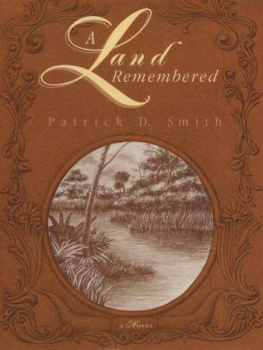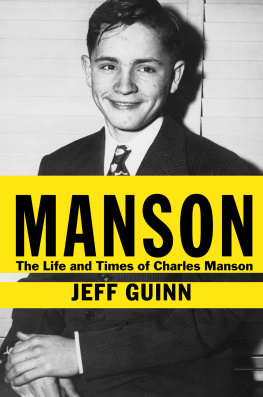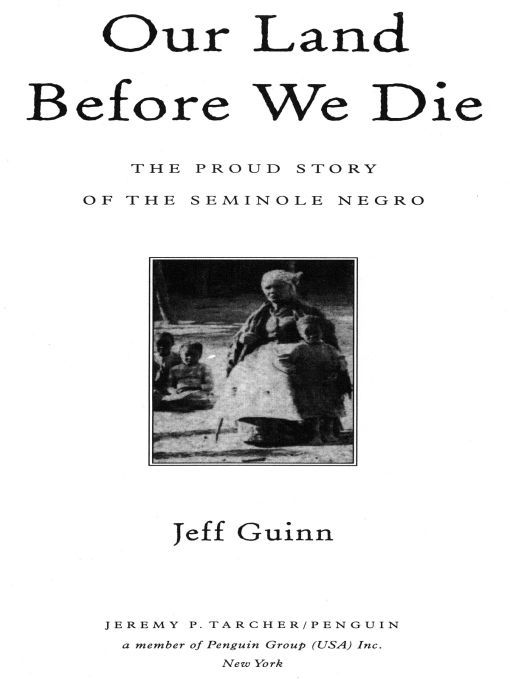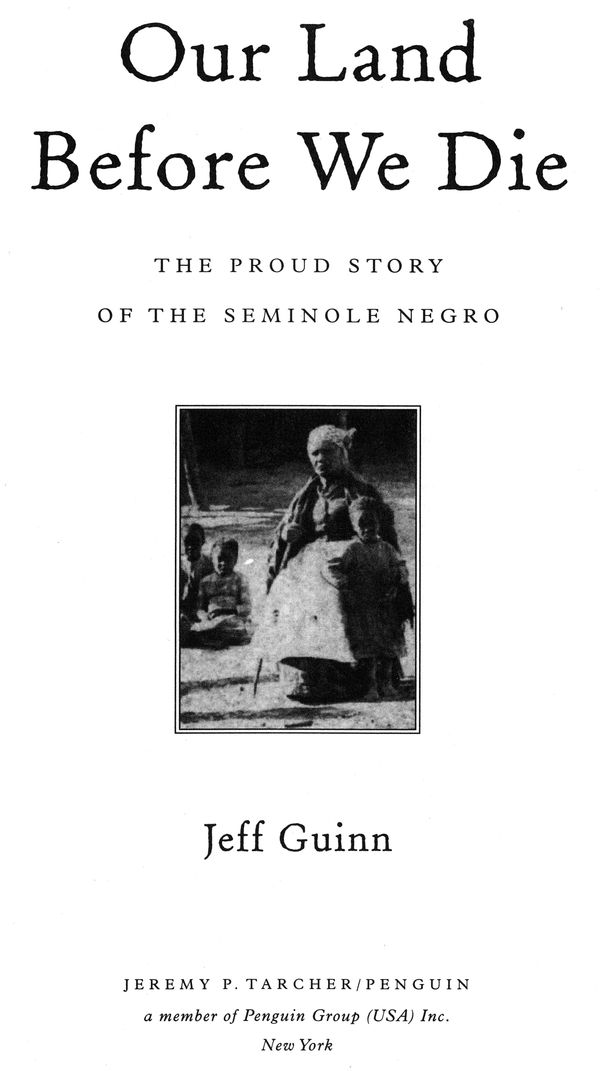Table of Contents
For Bill and Alison Skokan,
in thanks for Nora and for being themselves;
and for Miss Charles Emily Wilson and
Willie Warrior, who have devoted their lives
to keeping the Seminole Negro history alive.
PROLOGUE
miss charles speaks
MISS CHARLES EMILY WILSON, last survivor of the Seminole Negro camp on Fort Clark across from Brackettville in South Texas, doesnt organize the Seminole Heritage Days celebration anymore. She has what her Brackettville friends call the Alzheimers, and has been moved seventy miles away to a nieces home in Kerrville.
It was eighteen years ago that the ninety-one-year-old retired schoolteacher, known to everyone as Miss Charles, declared there had to be an annual Brackettville event celebrating the rich history of the Seminole Negro. With the tribes modern-day young people getting so distracted by television and video games, Miss Charles warned, the storytelling tradition of the Seminole Negro was fast disappearing. Tribal descendants had scattered around the Southwest after the terrible day in 1914 when the United States Army, having run out of uses for scouts on horseback, evicted them from the shady Las Moras Creek village on Fort Clark land where theyd lived for more than forty years. Miss Charles herself was the last one left whod been there when the empty wagons arrived, who saw the soldiers with their guns and heard the old people crying when they were left on the Brackettville streets to survive or starvethe army didnt care anymore. The story of the Seminole Negro was so glorious, going back to the days when the Spanish owned Florida and escaped slaves eagerly ran south. There was so much everyone, not just the Seminole Negro children, should know about the great chiefs, the great battleshow the Seminole Negro fought the U.S. Army in Florida, then helped the Mexicans guard their borders, then returned to Texas to show the Americans how to finally beat down the Apache. Whole history books could have, should have, been filled with these things.
But historians overlooked the Seminole Negro. Only tribal bards told the stories, and there were fewer of them as years passed and people died or drifted away. Now, Miss Charles said she was getting on, her memory might weaken at any time, and after she was gone, knowledge of all those great and terrible times still had to be passed down from one generation to the next, or else everything that had happened to the Seminole Negro would be forgotten, and the blood and tears shed over centuries would come to nothing.
So they chose the third Saturday in September, when the blast-furnace South Texas heat abates a little. Miss Charles and other tribal elders conferred with Brackettville leaders. Traditionally, whites among the 1,700 or so town residents never cared much for their dark-skinned neighbors, whose numbers had steadily dwindled over the years, though many Brackettville Hispanics, comprising about half the population, had some Seminole Negro blood in them. But times had changed enough so everyone agreed it would be good for the community as a whole to have a Seminole Negro celebration. Miss Charles orchestrated everythinga parade, the wearing of traditional turbans and cloaks, gospel singing, dancing in the cool of the evening, and, above all, time for the children to hear the tales of Abraham and John Horse, of the slaves who ran away to Florida and the Seminole tribe that welcomed them; about fighting the American army to a bloody draw in the early 1800s, then relocating to Indian Territory; the treachery that awaited the Seminole Negro there, and the amazing exodus to Mexico that, 150 years later, still seems almost impossible to comprehend, it was so awful and yet so brave; then the fine service to the Mexican government, and the request from the Americans to come back to Texas. Help us defeat the Apache and well give you land of your own, that was the promise, and, though the promise was broken by the white men, the tribes children needed to know, to be proud, that their ancestors, the Black Indian scouts, more than kept their part of the bargain.
For thirteen years, Seminole Days went almost according to plan. The thirty-five or so Seminole Negro families left in town were joined by a few hundred scout descendants who came back to visit from Oklahoma or Mexico or wherever they had drifted, some from as far away as California and Illinois. They didnt come for the sceneryBrackettville is a charm-less hamlet between Uvalde and Del Rio that ceased to have a reason to exist when Fort Clark was shut down in 1946. The surrounding countryside is flinty and desolate. When John Wayne wanted to film The Alamo someplace so isolated that nobody would bother his cast and crew, where he could blow up buildings and not have to worry about scarring the countryside, he chose a ranch just outside town. Filming ran three weeks over schedule in part because hundreds of rattlesnakes had to be cleared off the set every morning. Brackettville is a place most people dont go on purpose, except for the oasislike grounds of adjacent Fort Clark, and rights to any of that land were unceremoniously taken from the Seminole Negro in 1914.
No, scout descendants came because they loved Miss Charlesshe had taught most of them, or their parents, or their cousins, in elementary schooland because the Seminole Negro value family ties with a devotion almost unimaginable to outsiders who havent shared their generations of incredible struggle. If the crowd never seemed to include as many young people as Miss Charles had hoped, well, perhaps they would be more interested next year. Saturdays events went on from morning until dark, and on Sunday there were outdoor services in the tiny tribal cemetery outside town, the only property the Seminole Negro have been able to retain. Four Medal of Honor winners are buried in that cemetery, but their descendants must ask permission before visiting the Fort Clark site where Adam Payne, John Ward, Isaac Payne, and Pompey Factor once lived.
So for years the annual get-together was a success. Occasionally people would talk about how Miss Charles was looking frail, probably it was time for somebody else to really jump in and take over, but it is human nature to take people like her for granted. Then Miss Charles turned ninety, and suddenly she couldnt remember anyones name. Now shes brought down from Kerrville as guest of honor, but it isnt the same. Nobody can tell the old stories like Miss Charles, except maybe Willie Warrior, and hes in his seventies, has heart disease, and doesnt get along well with the younger officers of the Seminole Indian Scouts Cemetery Association, the group organized by Miss Charles to tend the cemetery and serve as de facto keepers of the tribal flame. So the speakers now are less interestingthey lack rhythm, and they take an hour to say what Miss Charles or Willie Warrior could have told better in ten minutes. The heat seems more oppressive, too, and the teenagers still dont come. A cynic might even point out more people ride in the parade than line up to watch it; Brackettvilles nontribal citizenry apparently has better things to do with its third Saturday morning every September.
But the beer is free. Area Budweiser and Coors distributors make generous donations. The barbecued goat is tasty, and old friends enjoy seeing each other again. Though Willie Warrior isnt fond of him, current association president Clarence Ward is a great genial bear of a fellow. And there, all dressed up and looking pretty, is Miss Charles, now gaunt instead of plump but still, at age ninety-one, able to sit on a parade float and wave vaguely at old friends she can no longer recognize. Most of the floats are just pickups dotted with flowers fashioned from Kleenex, but Miss Charless float is an elaborate, if tiny, reproduction of the wood huts in which the scout families used to live along Las Moras Creek. She sits in front of the hut on a high-backed chair, looking regal.



